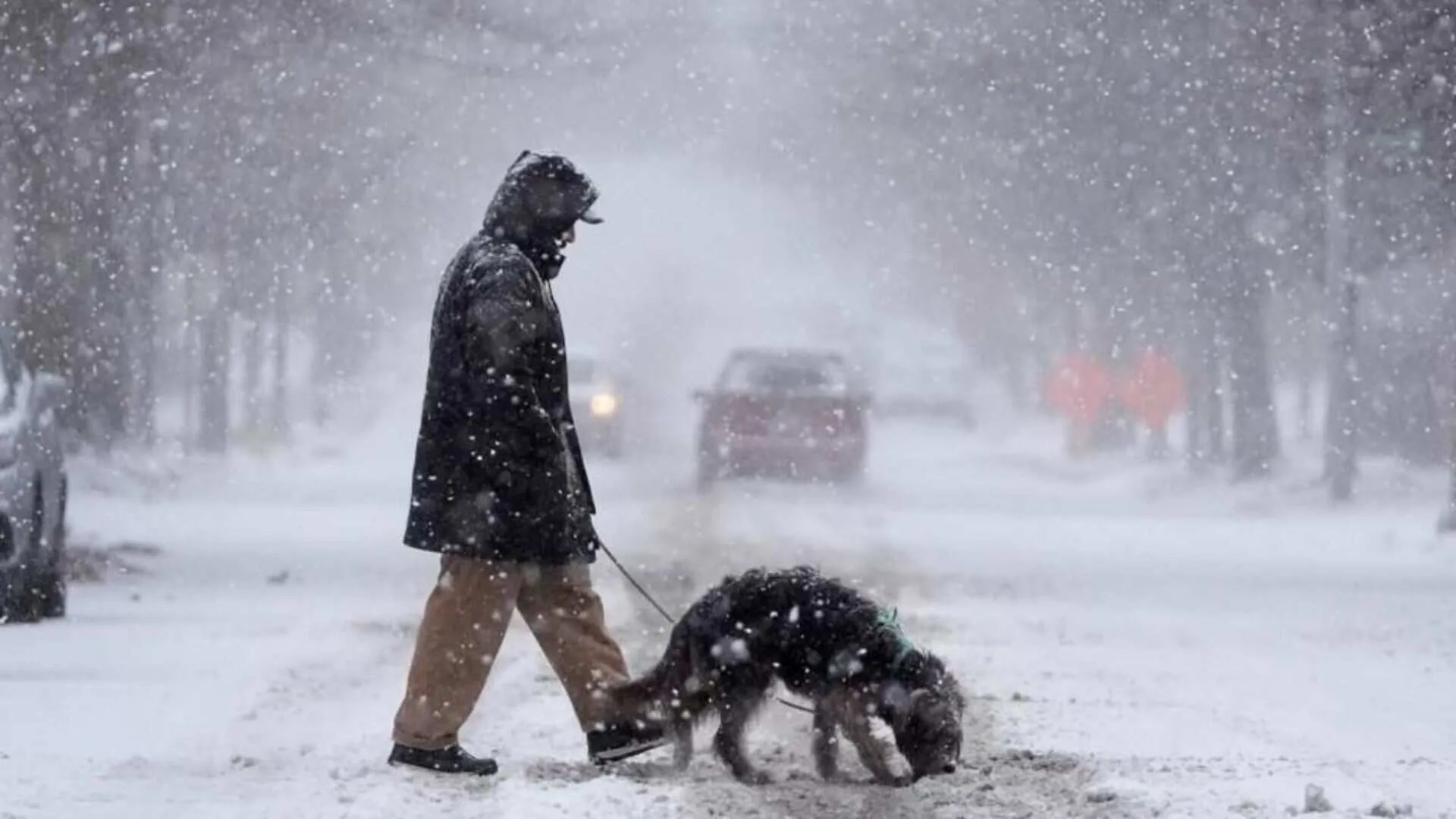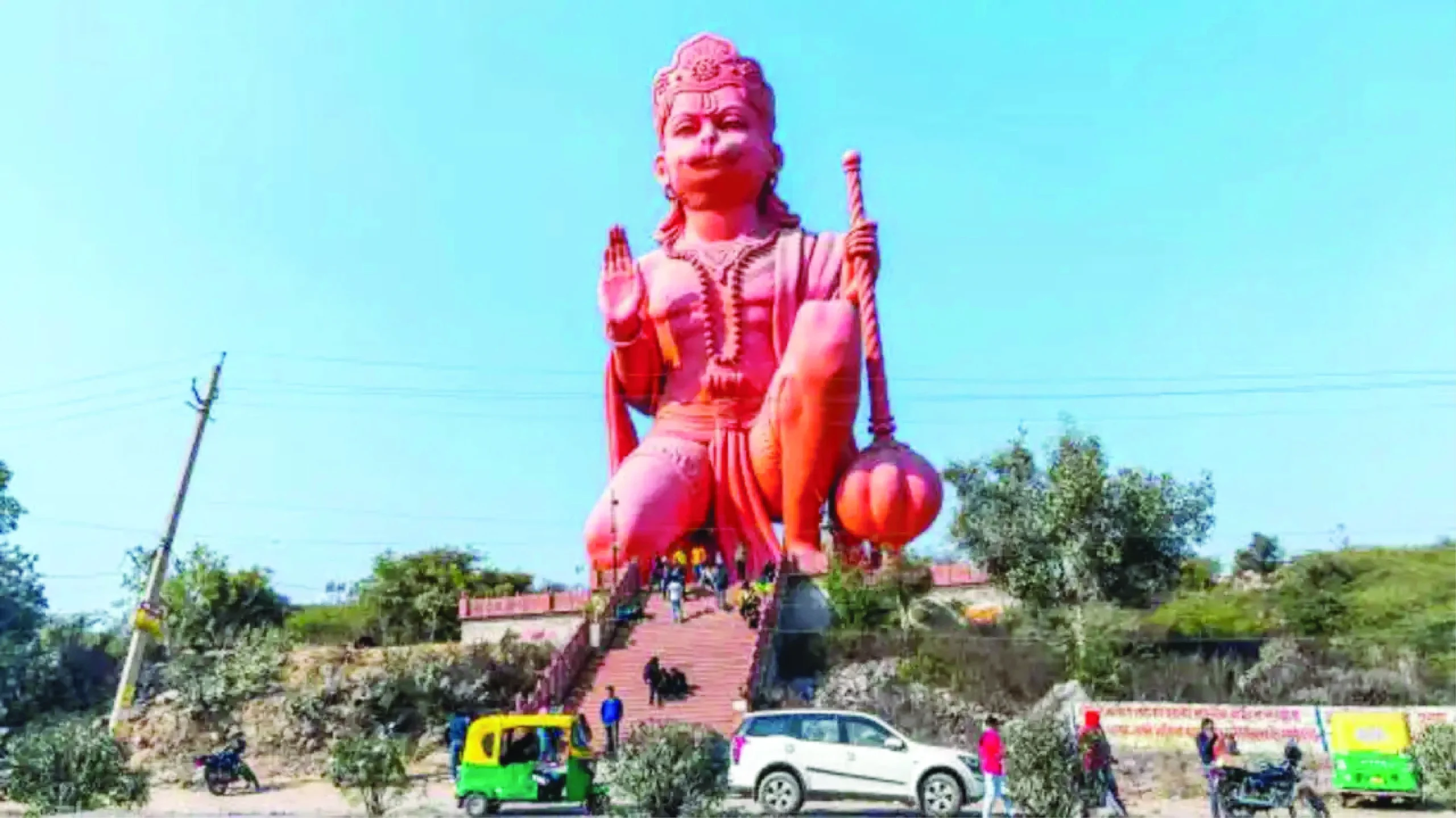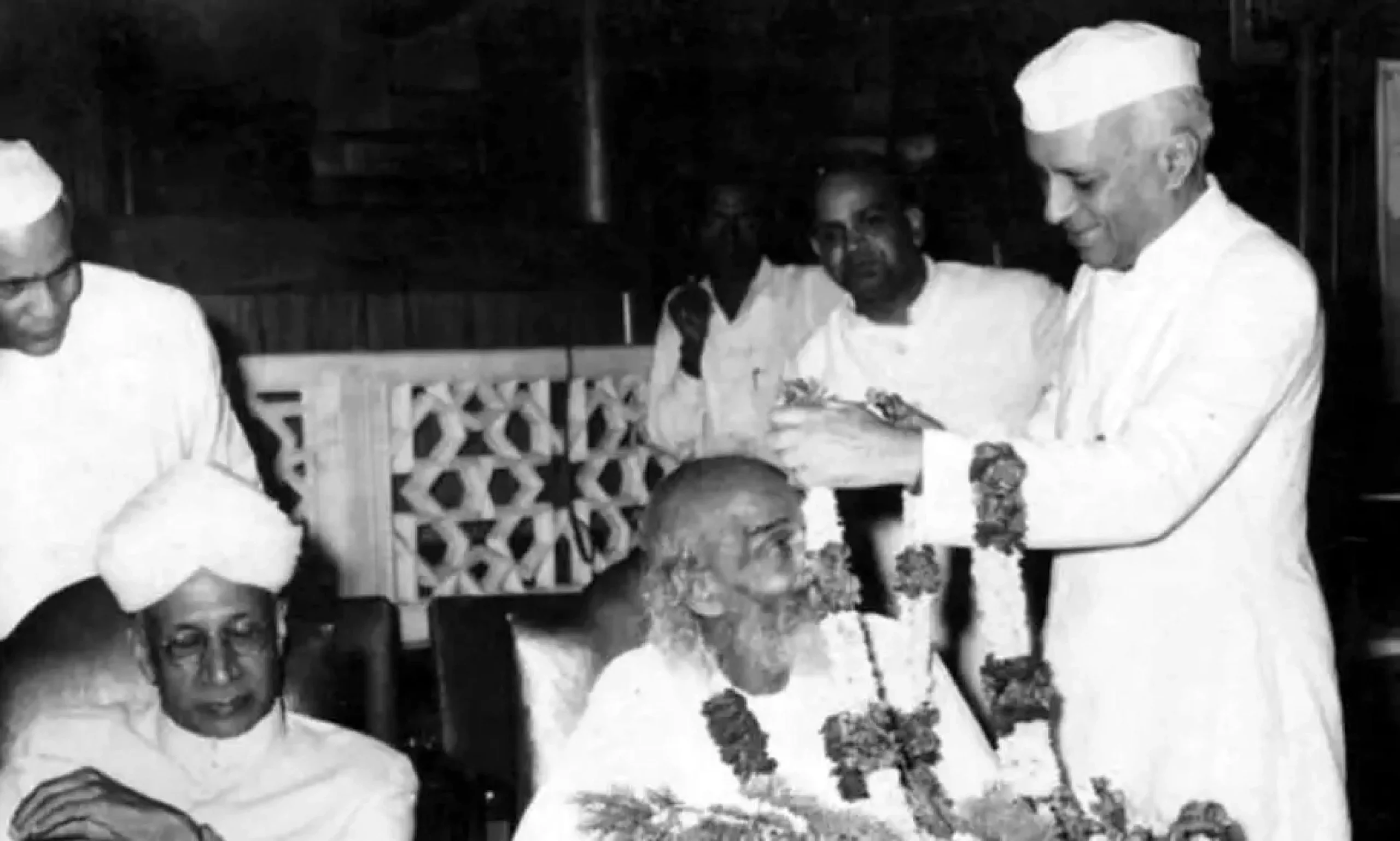Winter Storm Blair is sweeping through the central parts of the United States with heavy snow, freezing rain, and frigid temperatures. Weather experts have warned residents to stay indoors as the bone-chilling air and wind chills make travel and outdoor activities hazardous.
This storm is the product of an Arctic Outbreak fueled by the polar vortex, which was named Winter Storm Blair by the Weather Channel. Definition Definition An Arctic Outbreak is defined by the National Weather Service as “a very cold air mass that normally forms in the Siberian Region of Asia, moves over the top of the North Pole into Canada, and tracks south and east into the lower United States.” Outbreaks occur every year, but only the strongest penetrate into the Gulf South approximately each four to five years.
Judah Cohen, a seasonal forecast director at Atmospheric and Environmental Research, believes that global warming and the rapidly warming Arctic may also contribute to these conditions.
Disruptions Across the US
The storm, which began on January 5, has caused huge disruptions. Roads in Kansas, Nebraska, and Indiana have been covered with snow and ice as the National Weather Service warned of “impassable” conditions. Highways in northeastern Kansas, including a 354-kilometer stretch of Interstate 70, were closed.
Over 1,500 flights have been canceled throughout the US. Kansas City International and St. Louis Lambert International airports were two of the most affected. Chicago O’Hare International Airport also experienced significant delays and cancellations. Over 230 cancellations and 250 delays occurred on Sunday morning due to Southwest Airlines.
Kentucky Governor Andy Beshear declared a state of emergency and closed state buildings on Monday in anticipation of worsening conditions.
How Bad Is the Storm?
According to weather experts, Blair can bring some areas the heaviest snowfall that could be beyond over a decade. AccuWeather forecaster Dan DePodwin pointed out that, “This could lead to the coldest January for the US since 2011.” Some areas may experience snow and sleet accumulations of up to two inches, and ice accumulations between one-quarter and three-quarters of an inch, according to the National Weather Service.
Residents in the mid-Atlantic prepare for heavy snow and significant icing, while temperatures in the central US remain 12 to 25 degrees below normal. According to AccuWeather meteorologist Alex Duffus, “Should the cold wave evolve to its full potential, maximum temperature departures could plunge 30-40 degrees Fahrenheit below the historical average.”
Emergency Preparedness
Other states like West Virginia and Kentucky have also prepared warming centers for residents who may be affected by the power outage. So far, more than 40,000 people in Missouri, North Carolina, Kansas, Texas, and Oklahoma are without power, according to PowerOutage.US.
Impact on Capitol Proceedings
Blair’s wintry wrath may delay Congress’s session to confirm the US presidential election results. The joint session scheduled for January 6 in Washington, D.C., is likely to be delayed as dangerous travel conditions hamper lawmakers from reaching the destination.
A Chilling Start to the New Year
As Winter Storm Blair continues to move east, 250 million people in 40 states will have to face trying conditions. Dangerous temperatures and massive disruptions have already solidified the storm’s place among the deadliest winter events in decades.























